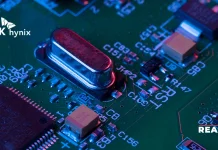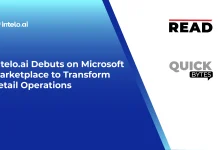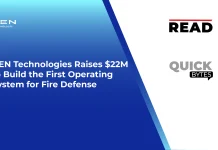Electric vehicles are changing everything about transportation, and for businesses, it’s even more so. Whether for employee commuting, delivery, or logistics, managing a fleet of cars presents a unique set of difficulties. One major concern as more businesses electrify their fleets is how to maintain all of your cars charged and operational.
Fleet charging, supported by commercial EV chargers, is at the heart of this. Unlike individual EV owners who charge their cars at home or public stations, businesses have multiple vehicles that need to be charged efficiently and often at the same time. It’s not just a logistical challenge but a key to business as usual. Let’s dive in and learn more about fleet charging.
What Does EV Fleet Charging Mean?
EV fleet charging means recharging electric vehicle batteries using different types of charging infrastructure, Level 1, 2, and DC fast chargers. This is defined in a fleet charging program and managed by an EV fleet manager. A good fleet charging strategy defines the charging infrastructure, locations, and charger types.
Fleet EV charging is plugging a vehicle into a charging station to ‘fill up’. Either setting up private charging stations or employing public charging can do this. A fleet charging strategy can help businesses save money, maximize EV operations, and contribute to a more sustainable future.
Why Is Fleet Charging Different?
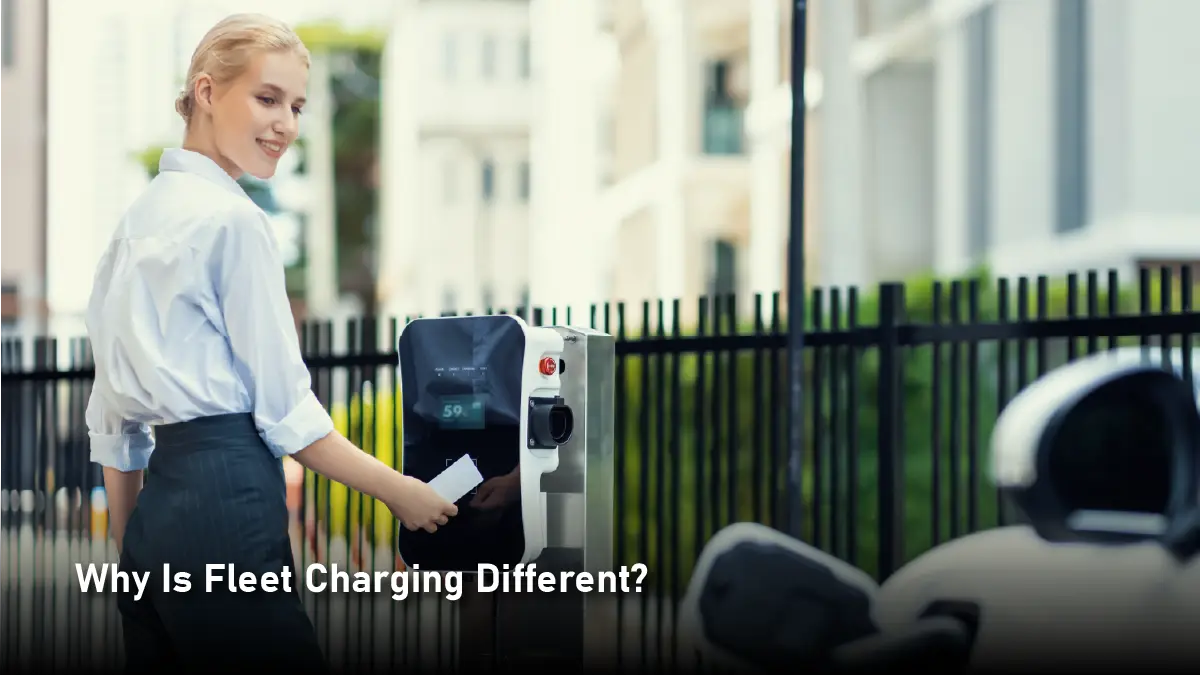
Charging a fleet of electric vehicles is more than just scaling up the individual process, it’s a whole different challenge. When managing multiple vehicles, businesses have to deal with complexities that don’t exist for individual users.
For one, fleets must coordinate that goes beyond just plugging in. Imagine a logistics company with dozens of delivery vans. Each vehicle has its own route, schedule, and mileage requirements. We must plan charging so every vehicle is ready to go without disrupting operations. It’s a juggling act: timing, energy availability, and cost all come into play.
Also Read: What Is Multimodal Transportation? A Guide for Modern Supply Chains
Infrastructure is also key. Fleet charging requires high-capacity charging stations that can handle multiple vehicles at once. But it’s not just about the hardware, software is essential to manage the process
Then there’s the scale. A single vehicle can use a home charger or make occasional stops at public stations. A fleet of 50 vehicles? That’s a whole different story. Businesses need a system that can charge multiple vehicles without downtime.
In the end, the approach is what distinguishes fleet charging. In addition to being a place to plug in, it also maintains smooth operations while keeping things affordable and sustainable. With the right approach, businesses may accomplish their goals without compromising productivity.
What Are the Benefits of Electric Vehicle Fleet Charging?
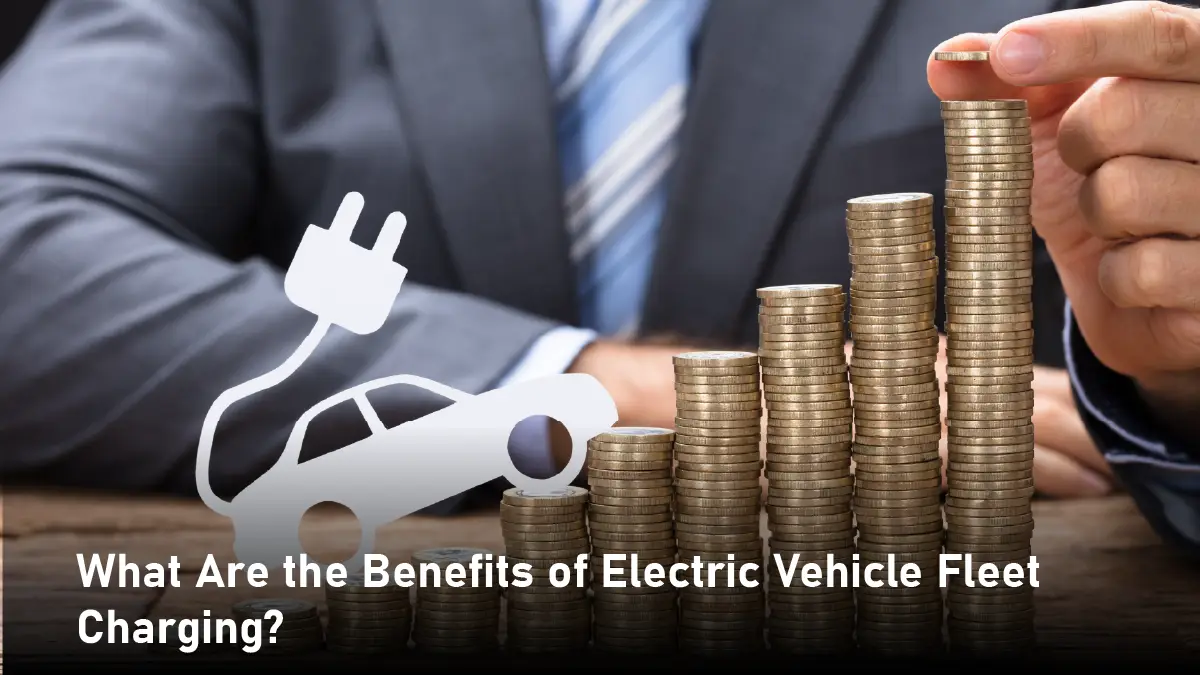
The fleet can profit from an electric car charging system in the following ways:
● Financial Gains
Investing in fleet EV charging infrastructure can result in cost savings. The total cost of ownership (TCO) for electric vehicles is less than that of traditional cars. Electric vehicles cost 3 to 5 times less to operate than gas cars, says the U.S. Department of Energy. Schedule your charging for off-peak hours. This helps you avoid peak demand prices and saves on energy costs.
● Environmental Benefits
Carbon emissions from your fleet’s operations decrease when your electric vehicles are charged. According to the EPA, your fleet’s greenhouse gas emissions can be reduced by switching to electric vehicles instead of traditional ones. And EVs have no exhaust emissions which reduces air pollution especially in urban areas.
● Operational Benefits
The fleet is more efficient when EV charging plans are implemented effectively. Overloading is prevented via load balancing and intelligent charging during vehicle recharging. This results in a longer life cycle and less downtime for both chargers and electric cars (EVs). The necessary charging infrastructure can be reduced by up to 57% and operational costs can be reduced by up to 5% when charging schedules and service operations are optimized together in a fleet setting.
Employee Training and Management Efficiency
A successful EV fleet charging system isn’t just about the hardware and software, it’s also about trained staff. Drivers and fleet managers need to know how to use the charging equipment, follow the safety procedures and schedule the charging sessions correctly. Training ensures the charging stations are used efficiently and mistakes are avoided.
Plus, employees should know about smart charging features like load balancing and off-peak scheduling. This knowledge helps to maximize charger availability and reduce costs. Smart charging can cut fleet charging costs by 53%, while also reducing peak electricity load by 33% and battery wear by 16%. When staff are confident and informed the whole fleet runs smoother and the charging infrastructure delivers its full potential.
Key Considerations for Fleet EV Charging
Switching to electric vehicles is more than just buying electric vehicles; it’s also about the power source. That means working out your fleet’s charging needs, choosing the right equipment, and setting up the stations. These are the keys to creating a reliable and effective charging schedule that supports the business objectives.
● Charging Requirements Assessment
To find the best fleet EV charging solution, you need to work out your fleet’s exact charging needs. That means how many cars, how many miles each car drives each day, and when each car is used. For example, high-mileage cars may need fast charging with DC chargers. In contrast, low-mileage cars might require slower charging with AC chargers. Charging each car fully before its duty cycle boosts efficiency and cuts costs.
● Selecting Charging Equipment
When selecting charging equipment to electrify the fleet, the following are some crucial factors to take into account. The first step is to specify the chargers’ output power and the kinds of connectors that the cars use. And the charging network should be expandable to handle future fleet growth. To keep your charging infrastructure reliable and efficient, you need to ensure compatibility with your current vehicles and evaluate the warranties, service agreements, and support options from Original Equipment Manufacturers (OEMs).
● Strategic Charging Locations
Fleet efficiency can be maximized by placing charging stations inside them strategically. For instance, charging stations must be present at parking lots, depots, key hubs, and other locations where cars gather. If at all feasible, reduce the distance between a vehicle’s point-to-point trips so that it can reach the closest charging station as quickly as possible. This will help to reduce idle energy usage. In order to avoid future expensive upgrades and to incorporate them into your everyday operations, you should also take into account the electric capacity and future expansion at these places.
Three Best Practices for EV Fleet Charging
1. Make a plan before taking hasty decisions or making adjustments
If handled properly, major changes can go smoothly. The planning is crucial. The location of charging stations and how they can be connected to the grid must be carefully considered.
Inadequate planning will result in grid investment and associated monthly energy expenses accounting for 85% of costs. These expenses, which include labor charges, cables, transformers, other gear, and grid connections, must be avoided or kept to a minimum.
2. Integrate a cloud-based optimization technology with your current IT system.
The next piece of advice is to connect your existing IT stack to a single optimization system that handles charging for electric vehicles. You don’t need to overhaul your entire IT stack because of this! You don’t want to interfere with your labor management, communication, maintenance, or route scheduling systems, among other things.
You can maintain your current software systems while implementing a system to handle EV fleet charging. By selecting the best charging infrastructure and charging point hardware, you can even save money on your investment if you plan ahead.
3. If at all possible, test early
One of your company’s strategic objectives can be to run a fleet that is 50% electric by 2030. You should start planning and testing systems right away to get your IT system, personnel, and fleet ready. You will save more money in the long run and have a higher chance of achieving your long-term objectives if you figure out what works best for you sooner rather than later.
To think of charging an electric fleet as being like installing a new maintenance system for inspection or repairs, for example, is a huge mistake. Due to the fact that their extremely efficient processes were designed for gasoline vehicles rather than electric ones, Fortune 100 businesses have had to completely restructure their fulfillment centers.
Starting with no more than 10 to 30 electric cars is ideal. However, you should test these with a complete charging and maintenance configuration.
Consider electrifying between 30 and 60 percent of your fleet. The optimization system that schedules and controls the charging stations must be part of your tests. This will ensure a smooth transition, and you’ll hit your KPIs for minimal downtime and end-to-end processes.
Concluding Thoughts
Not only is fleet EV charging essential, but it also helps your company prepare for the future. Your fleet will be more sustainable and efficient thanks to the operational, financial, and environmental advantages of a well-designed charging infrastructure. You must therefore stay current with emerging trends and technologies as the industry changes. What you do now to EV charging will improve your fleet now and be the foundation for success in the electric future.
